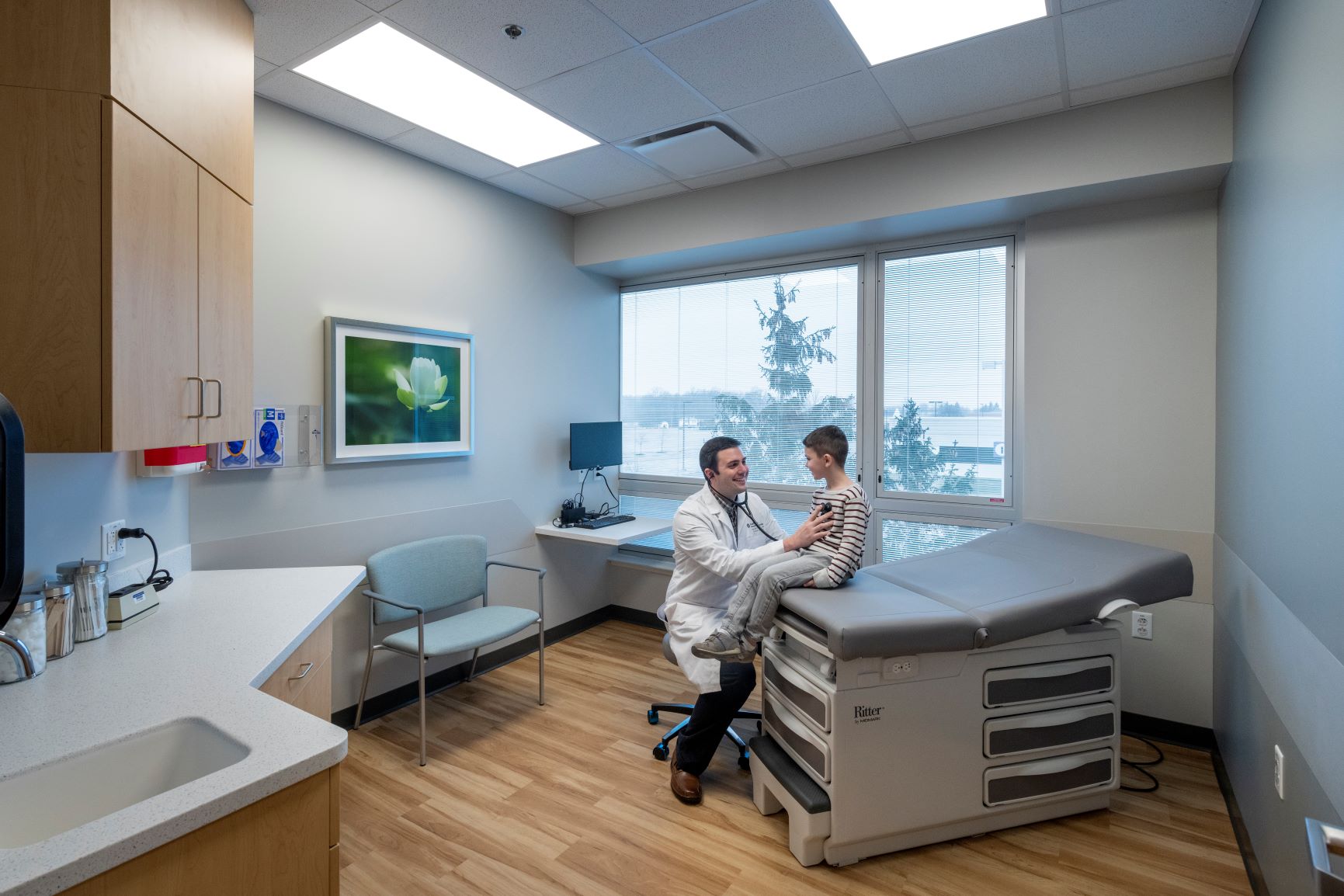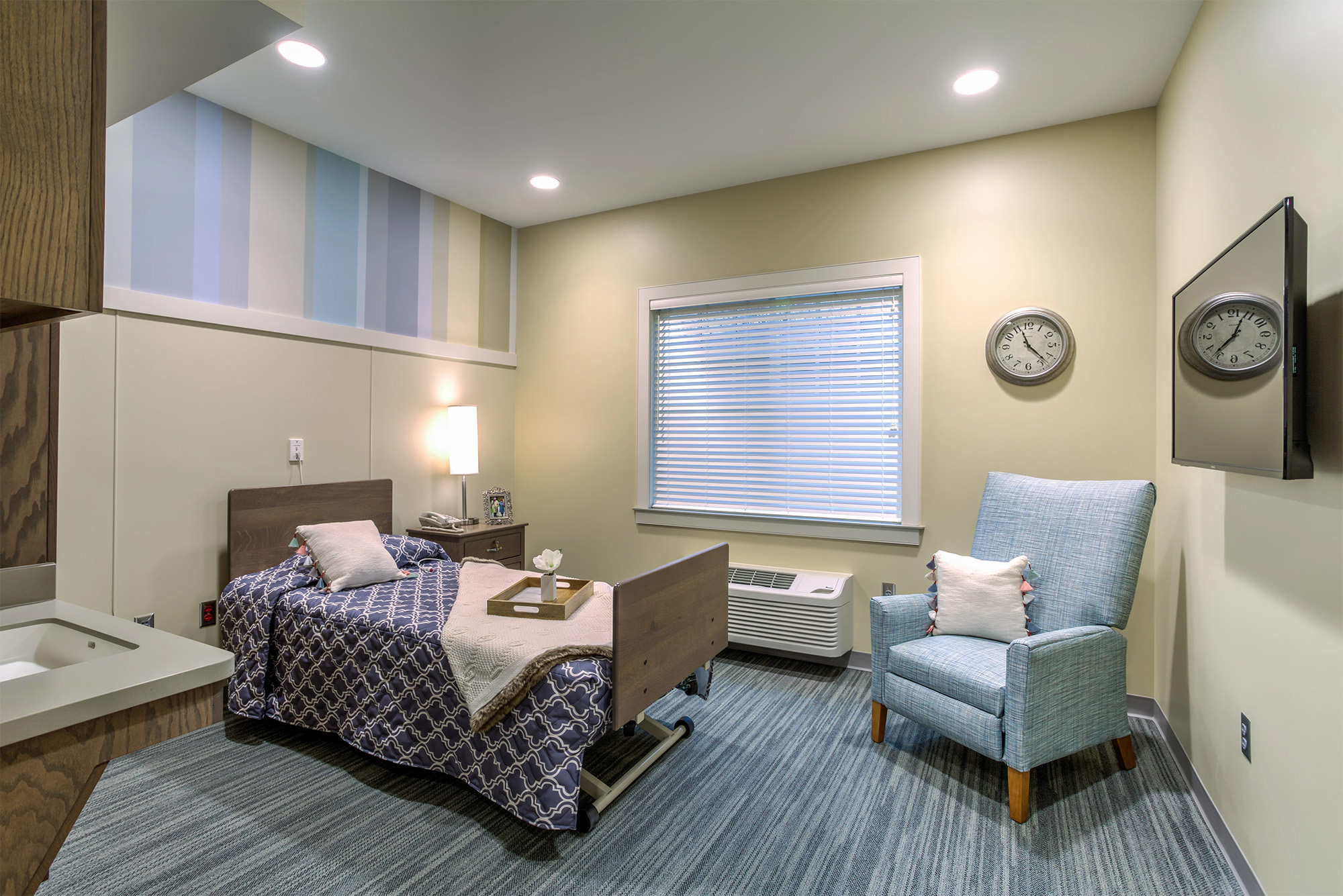Healthcare buildings are replacing city halls and shopping centers, becoming some of the most civic buildings and environments built today.


Being a patient is stressful. Just the idea of needing to go to the doctor or schedule an appointment can cause anxiety. For many, it can also be the moment we question our own independence as we come to grips with the fact we might need the assistance of care providers to live more comfortably. The problem with this realization is it often positions healthcare as a service – one that patients often play a limited roll in. As the care continuum continues to react to the rapidly changing market, the patient experience becomes a primary concern.
The reason being a patient is so stressful is that, in many ways, it’s an internal struggle. As Mihaly Csikszentmihalyi noted in his book Flow: The Psychology of Optimal Experience, “The roots of interpersonal conflict are often an excessive concern for oneself, and an inability to pay attention to the needs of others. It is sad to see how often people ruin a relationship because they refuse to recognize that they could serve their own interests best by helping others achieve theirs.” What if healthcare felt more cooperative? More specifically, what if care environments were intentionally designed to foster cooperation?
An example of this is the new thinking around the design of exam rooms. In a recent article for Healthcare Design, Jennifer Kovacs Silvis shares how some facilities are rethinking the patient experience within the exam room by separating exam and consult spaces. While this requires a larger space, patients walk into a room designed to house a meaningful discussion between patient and physician where they work together to develop an appropriate care plan. If you need to be examined during the visit you can then move the discussion into an adjacent room.
This strategy shifts the function of the room itself. The conventional exam room was treated as a platform of authority, where patients sat on the cold exam table waiting to hear the physician proclaim a diagnosis. This reconsidered design treats an exam room as a lounge, where patients and physicians come together to discuss problems and work together to determine solutions. These two experience are very different and radically transform the patient experience.
The intent with this modified approach is simple. It’s an effort to treat patients as participants within their own care by providing spaces that reduce anxiety and vulnerability. In prioritizing these reciprocal care settings, healthcare spaces ranging from outpatient clinics to senior living facilities will likely begin to reevaluate this idea of cooperation and focus on improving experiences for patients across the care continuum.


